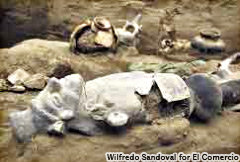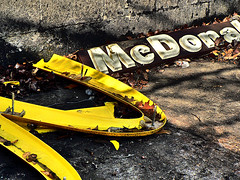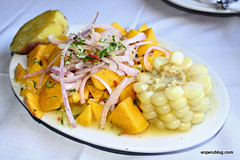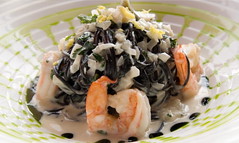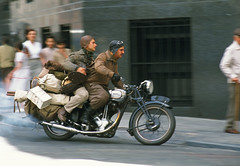Limatambo and the Huacas Santa Catalina & Balconcillo
Part of the Lima PreColombina series
Between the two neighbouring administrative areas of Maranga and Sulcovilca was Limatambo. Once a busy town surrounded by fields, only two structures still exist on the edge of San Isidro and in La Victoria.
We don’t know what the town of Limatambo was really called – that name was given to what little remained of the deteriorating site in around 1904, before that it the area was referred to only as the “Huacas de Lince”. What we do know is that Limatambo was given life by an arm of the Guacta (Huatica) canal that was built by the population’s ancestors centuries before, and that it was the main settlement in the area, only slightly smaller than the city of Maranga.

Great pyramid of Limatambo
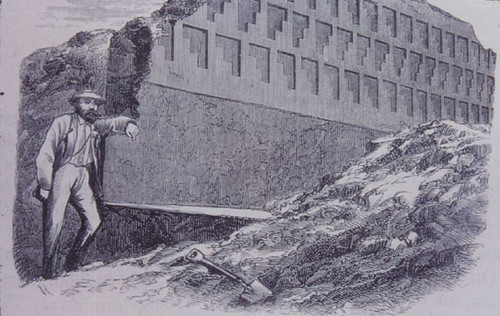
Sadly long since lost
Before being buried beneath expanding Lima, in the era when Peruvians cared nothing for their long indigenous history, a simple map was drawn up by explorer Bandelier of the ancient structures located on the Hacienda de Lince. These consisted of a large settlement enclosed by a wall, surrounded by 11 other structures.
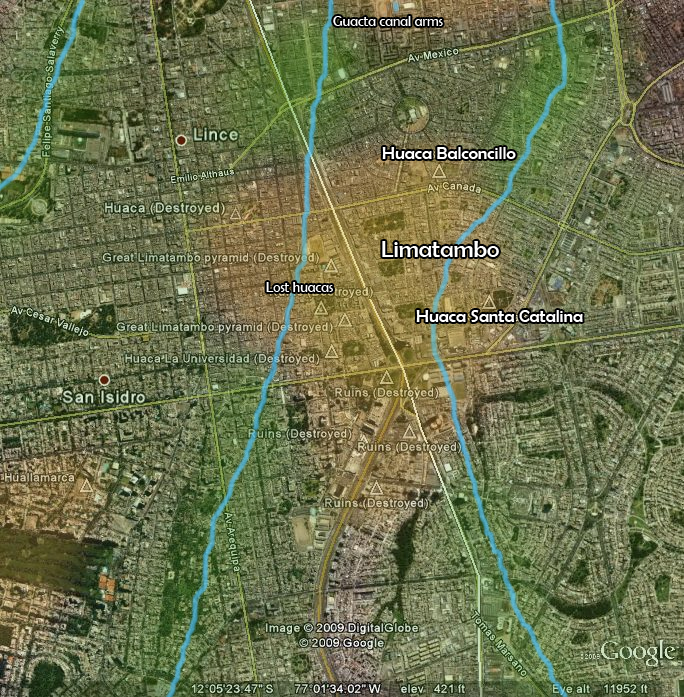
Limatambo urban area and surrounding green fertile fields in 1532
Of these structures, only two survive today.
Huaca Santa Catalina
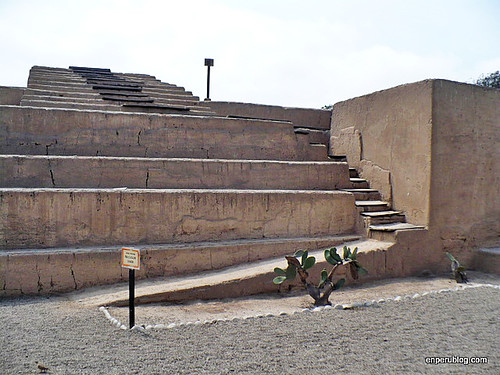
Huaca Santa Catalina
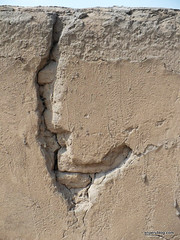
Adobe bricks
This huaca dates from the time of the early Lima culture and in the style of the time was built with adobe bricks. It was extensively remodelled in the Wari (650AD to 900AS) and Ichma/Inca (900-1450) ages where it and other huacas like it began to be used as tombs. The huaca was partially restored in the 1970s to look as it did during this period.
Today the site has a small room serving as a museum where some ceramics, textiles and tools are displayed. There are plans to replace this building an to attempt to turn the site into a real tourist attraction (when I visited, entries in the guest book had gaps of a few days). An agreement signed by the district of La Victoria and the Universidad Alas Peruanas will see the building of the Qhapaq Ñam Museum and a tourist restaurant. Not quite the Huaca Pucllana and its fancy restaurant in fancy Miraflores, but something close.
As part of the agreement, additional work will be carried out in the areas around the huaca, where archaeologists hope to find remains of other constructions or artefacts.
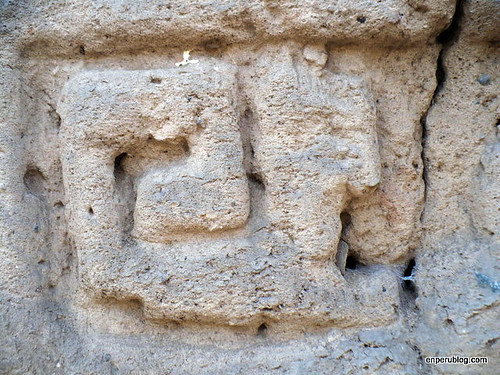
Marking on wall
The huaca is supposed to be open to visitors 6 days a week from about 8am-3pm with an hour break for lunch at 1pm. When I went I had to wait for a few hours for someone to show up and let me in. The old man who let me in actually retired a few weeks before and has been waiting in vain for La Victoria to pay him his bonus. Although entrance is free for now, bring enough for a tip in case the guy is still there.
Between Pascual Saco & Miguel Checa, Urb. Santa Catalina (Behind Cruz del Sur & Ormeño bus stations)
Huaca Balconcillo
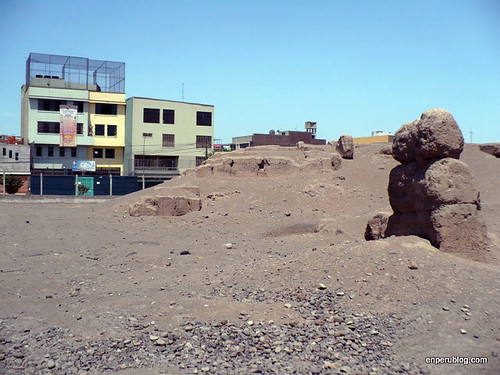
Huaca Balconcillo
The only other of the surviving huacas of Limatambo, the Huaca Balconcillo is much more recent, built in Ichma-Inca times using a rammed-earth concrete style of construction. Just to the side of Av. Canadá, it is fenced off at the side of a small park in a residential area. Here, little has been studied and the huaca is slowly disintegrating with time. Unfortunately there is far less to see.
Turn off of Canadá and on to Casimiro Negrón five blocks away from the via expresa
Tags: 1900s, avenida canada, huaca, huaca balconcillo, huaca santa catalina, la victoria, lima, lima culture, lima precolombina, limatambo, lince, maranga, qhapaq ñam, ruins, sulcovilca, wari



